The quaint hill station of Pachmarhi, situated amidst the Satpura Range in the Indian state of Madhya Pradesh, offers a serene escape into nature’s lap. Surrounded by lush green forests, cascading waterfalls, and stunning landscapes, Pachmarhi is often referred to as the “Queen of Satpura.” It is a popular tourist destination known for its pleasant weather and breathtaking scenery. To fully appreciate the beauty of Pachmarhi, it is essential to choose the right time to visit. Each season brings its own charm and experiences, catering to the different preferences of travelers. In this article, we will explore the four seasons in Pachmarhi and highlight the best time to plan your trip.
- Winter Season (October to February): The winter season is undoubtedly the most favored time to visit Pachmarhi. Spanning from October to February, this period offers pleasant weather and cool temperatures, making it an ideal destination for travelers seeking a respite from the scorching Indian summers.
Weather: During winter, the weather in Pachmarhi remains delightful, with temperatures ranging from around 15°C to 25°C (59°F to 77°F). The nights can get cooler, with temperatures dropping to 5°C (41°F) on some occasions. The days are comfortable and sunny, making it perfect for exploring the town and indulging in outdoor activities.
Experiences:
- Sightseeing: Winter is an excellent time for sightseeing in Pachmarhi. The pleasant weather allows visitors to explore popular attractions such as Pandav Caves, Bee Falls, Duchess Falls, Jata Shankar Caves, and Apsara Vihar (Fairy Pool).
- Adventure Activities: The cool weather makes it ideal for trekking, hiking, and nature walks. Trails like Dhoopgarh, Tiger Safari, Rajendragiri, and Handi Khoh offer mesmerizing views and are highly recommended for trekking enthusiasts.
- Photography: Winter brings out the best colors of Pachmarhi’s natural beauty. The clear skies and lush landscapes provide fantastic opportunities for photography enthusiasts to capture stunning vistas.
Festivals: The winter season also brings a festive charm to Pachmarhi. The popular Madai Festival, celebrated by the Gond and Baiga tribes, takes place during this time. It’s a lively affair with traditional music, dance, and rituals, offering a unique glimpse into the local culture.
Tips:
- Carry warm clothing, especially during the evenings and nights, as temperatures can drop significantly.
- It is advisable to make accommodation bookings in advance, as this is the peak tourist season.
- Spring Season (March to May): The spring season in Pachmarhi begins in March and lasts until May. While the weather starts getting warmer during this time, it still remains pleasant compared to the sweltering summers experienced in many parts of India.
Weather: During spring, Pachmarhi experiences a gradual increase in temperatures. The days are relatively warm, with temperatures ranging from 25°C to 35°C (77°F to 95°F). Nights are still pleasant, providing relief from the daytime heat.
Experiences:
- Nature Walks: Spring is a great time for nature walks and exploring the verdant forests of Pachmarhi. The blooming flora adds vibrant colors to the surroundings, creating picturesque landscapes.
- Waterfalls: Some of the smaller waterfalls may start to recede due to the onset of summer, but the main ones like Bee Falls and Duchess Falls still offer a refreshing experience.
- Local Markets: Engage in some shopping at the local markets, where you can find tribal handicrafts, souvenirs, and traditional artwork.
Tips:
- While the weather is relatively comfortable, the days can get warmer, so it’s advisable to carry light cotton clothing and stay hydrated.
- Summer Season (June to September): Summer in Pachmarhi begins in June and extends until September. This period marks the off-season due to the arrival of the monsoon, but it can still attract tourists who prefer a quieter environment and lush greenery.
Weather: The summer months in Pachmarhi can be quite warm and humid. Temperatures can range from 25°C to 40°C (77°F to 104°F), with June being the hottest month. Additionally, Pachmarhi receives moderate to heavy rainfall during the monsoon season.
Experiences:
- Monsoon Beauty: Despite being the off-season, Pachmarhi’s beauty peaks during the monsoon. The entire region comes alive with vibrant greenery, and the waterfalls gush with full force, creating a magical atmosphere.
- Peace and Serenity: With fewer tourists around, those who prefer solitude and a more laid-back experience can enjoy the tranquility of the hill station.
Challenges:
- Accessibility: Heavy rainfall can sometimes lead to landslides and affect road connectivity to certain areas, making it essential to check weather conditions and road statuses before planning a trip during the monsoon.
- Limited Activities: Due to safety concerns and slippery terrains, trekking and outdoor activities may be restricted during heavy rains.
Tips:
- If you plan to visit Pachmarhi during the monsoon, pack appropriate rain gear and waterproof footwear to enjoy the sight of nature at its best.
- Autumn Season (October): Autumn is a short transitional season between monsoon and winter. While it lasts only for a brief period in October, it can still be a good time to visit Pachmarhi.
Weather: In October, the monsoon retreats, and the weather starts to clear up. The temperatures begin to drop, and the days become cooler, providing a pleasant and comfortable atmosphere for travelers.
Experiences:
- Mild Climate: The mild climate during autumn allows visitors to explore the attractions without the extreme heat of summer or the chilly weather of winter.
- Post-Monsoon Landscapes: The landscapes remain lush and green after the monsoon, offering a picturesque setting for sightseeing and photography.
Tips:
- October is a popular time to visit Pachmarhi, so make sure to book accommodations in advance.
In conclusion, Pachmarhi offers a unique experience in each season. The winter season (October to February) is the best time to visit for most tourists, as the weather is pleasant, and all activities are available. However, if you prefer lush greenery and a more secluded experience, the monsoon season (June to September) can be rewarding, despite some challenges. The spring season (March to May) is ideal for nature enthusiasts and photographers, while autumn (October) provides a perfect balance of mild climate and post-monsoon landscapes. Regardless of the season you choose, Pachmarhi is sure to enchant you with its natural beauty and tranquil ambiance, making it a memorable destination for all travelers.
Also, read:

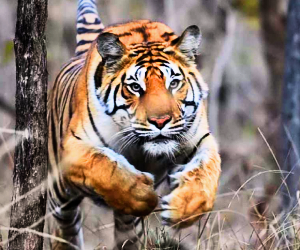
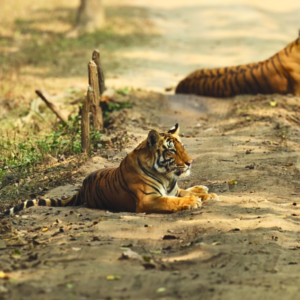
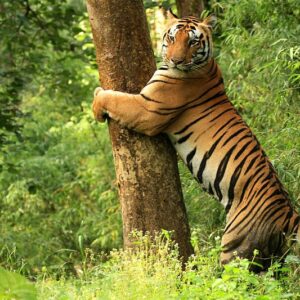
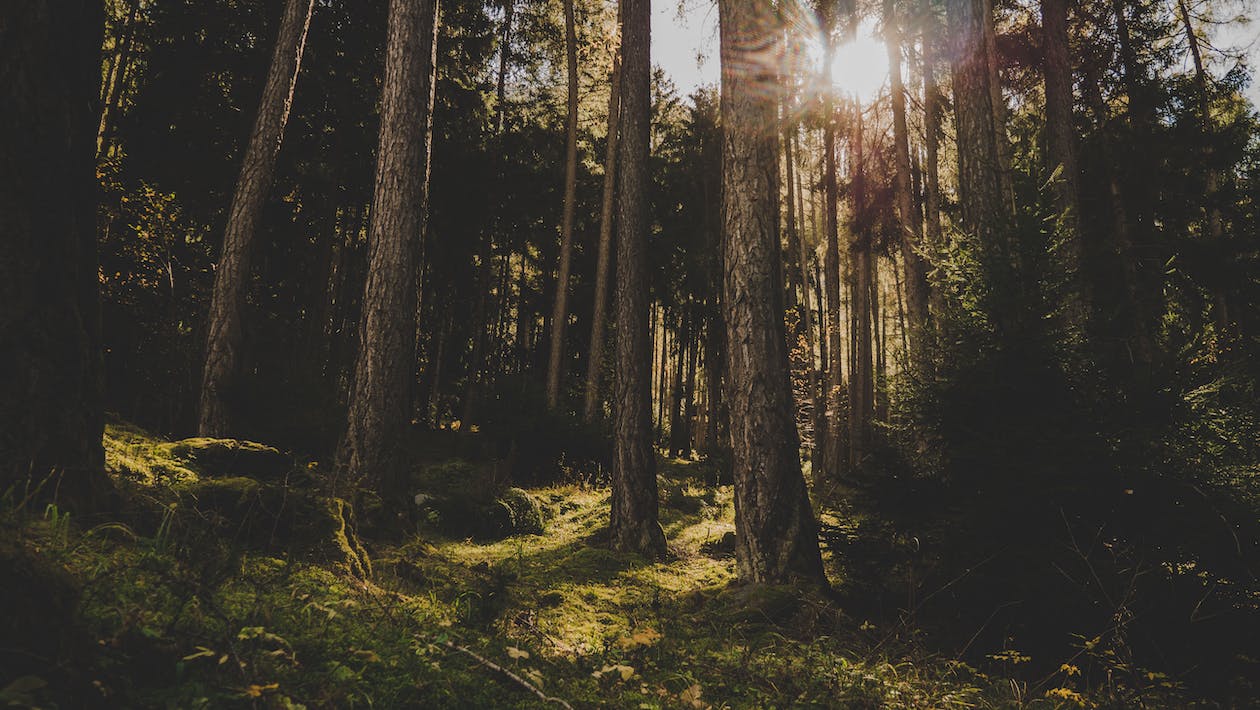
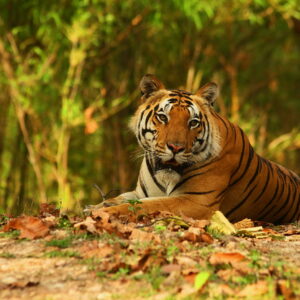
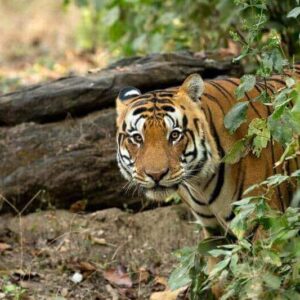
Статья подробно описывает преимущества и важность Охранно-Защитной Дератизационной Системы (ОЗДС). ОЗДС предоставляет комплексный подход к проблеме грызунов, включая не только их уничтожение, но и предотвращение их проникновения. Это важно не только с точки зрения здоровья и гигиены, но и для защиты имущества и предотвращения материальных убытков.